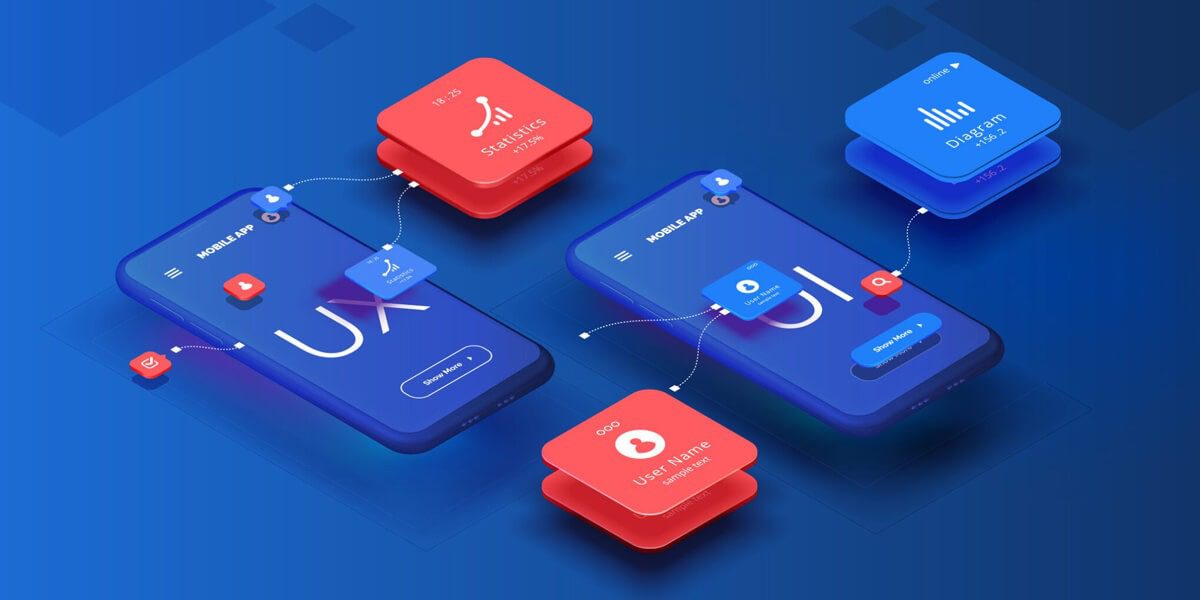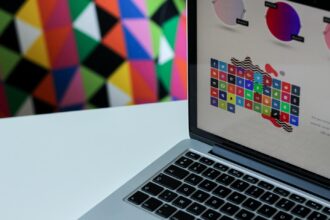What are the most important user-experience best practices? What are some behaviours that can help you become a better designer?
There are numerous approaches to these questions. I’m going to take a big-picture approach here. So, take a break from all of your pursuits for a while. This isn’t a wireframing tutorial, so close to Sketch, Illustrator, or whatever design tool takes up space on your hard drive. Away from the drafting board, you can do some of your most significant work.

Here are seven UX tips to help you become a better designer:
1. Keep up with your UX design reading list.
Isn’t that true? What a self-evident first rule. However, it’s important mentioning because it’s one of the most beneficial things you can do to get started with UI UX design (especially if you’re just getting started). While exercising without underlying understanding is important, it will waste a lot of work and time.
Yes, you can teach yourself to cook by trial and error, but you’ll get far better results if you master a few recipes and techniques first.
Finding some go-to sources is one tip that can be beneficial. Please spend some time, in the beginning, looking for reputable sources, assessing them for quality, and deciding which ones you like. Reading books may be a better way to gain a larger core understanding.
Perhaps, like me, you’re a big fan of research and look for companies like NNGroup and Baymard that produce usability studies. On Medium, you could come across a few blogs or authors you like. You’ll be better off discovering your go-tos than reading anything with the word ‘UX’ in the title, whatever sources you use.
2. Learn about relevant areas in addition to design.
Becoming a great UI UX developer requires borrowing from other disciplines as an interdisciplinary area. Psychology, for example, may teach you a lot about how people move around and interact with digital things. Understanding mental models and understanding more about your company’s business objectives and the domain in which it operates will help you design better for your consumers.
Learning how to communicate more successfully, contribute to a team, and manage projects, for example, can help you contribute more effectively to your design team. Find some areas outside of design that you’re interested in learning more about. You’ll be astonished at how simple it is to tie your design work to other things.
3. As a UX designer, identify your subspecialty.
It would be best if you gained a comprehensive understanding of the field’s fundamentals, especially early on in your career.
However, once you’ve done that, you’ll want to establish yourself as an expert in a particular design field, so keep your eyes out for areas of the field you’re particularly interested in.
You could enjoy working with voice user interfaces, mobile design, or user experience writing. Start focusing on a domain you’d like to acquire and devote more effort to studying it. A T-shaped skillset is characterized by a balance of breadth and depth of knowledge.
You have a broad understanding of the field (the top of the T shape) and then a detailed understanding of one topic (the spine of the T). Developing a T-shaped skillset will improve your presentation and allow you to add distinctive value to a team.
4. Talk to other UX designers
Talking to other designers about their work and how they do their job is a great way to improve your skills as a designer and learn what you don’t know when you start. I used to go to one of my UX designer pals for wireframing advice when I first started design. She’d open numerous applications on her phone before saying anything to check how other designers had dealt with the same problem.
Despite her years of knowledge, she needed to refresh her memory with certain typical design patterns to approach the challenge. This has become one of my go-to strategies, which I frequently recommend to my students. The more designers you speak with, the more refined your strategy becomes.
If you don’t have any designers as friends, find a community near you. User Experience Professional Association (UXPA) chapters and UX Meetup events may be found in many cities. If you reside in an area with fewer designers, join Facebook groups or look into online UX communities to meet other designers.
5. Look into a variety of options.
Because the ideal solution to a design problem is rarely predetermined, it’s always worthwhile to investigate various options. I noted before that evaluating other app is one of my first steps in a project.
Finding similar projects on portfolio sites like Dribbble and Behance is another clever technique to discover design patterns. This is very useful when building your portfolio because these projects might reveal some of the reasoning behind the designers’ decisions.
Is the designer’s argument relevant to your project, and why did they adopt this flow? This can help you see more possibilities when you sit down to draw or wireframe. It will also assist you with the following strategy.
6. Get in the habit of explaining why things are the way they are.
As a UX designer, you’ll need to wireframe user-centered interactions, but articulating why you picked one design over another is the secret sauce. Explaining the why behind your work is critical for developing an effective portfolio as a young designer.
Try to point to some user research you’ve done on the project or some published usability research to be most effective. As a design contributor on a team, you’ll be expected to regularly show your work and explain your design decisions.
7. Use retrospectives to develop your skills.
Most of us probably don’t undertake as much reflection on a project as we know we should. We all know how crucial it is, just like flossing. However, we can generally find a shiny object (or something else) to stare at the moment.
A brief review—it doesn’t have to belong! —can help you resolve a communication issue on a team project or avoid a future stumbling block in your workflow.
It’s important to write down and formalize these adjustments if you want them to persist. Again, this doesn’t have to be exhaustive; a simple list of takeaways would suffice.
If you’re working in a group, enlist everyone’s help and incorporate the list into your future workflow to avoid making the same mistakes. Gathering such lessons can help you enhance your job dramatically, especially early on when everything is a learning experience.
The takeaway
These seven UX best practices will help you lay a firm foundation for the remainder of your UX design career (or refresh your skills if you’re already an expert!).
Finding the best method for you is an important element of establishing yourself in a new industry. As you progress in your profession, the techniques in this article can help you build some tangible best practices that will help you become a better designer.








